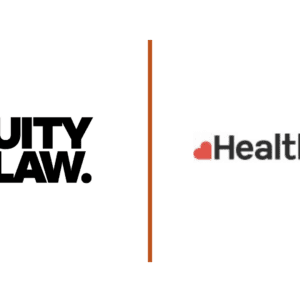Coronavirus Job Support Scheme – Annual Leave Explained
Key Contact: Claire Knowles
Author: Adam McGlynn
Guidance has now been released regarding the treatment of annual leave under the Coronavirus Job Support Scheme (the JSS). While HM Revenue & Customs waited until the last minute to publish these details, the postponement of the JSS until December now means that employers have an extra month to prepare and strategise. For the month of November, the Coronavirus Job Retention Scheme (the CJRS) has been extended to align with England’s nation-wide November lockdown, further details of which can be found HERE.
Recap on Coronavirus Job Retention Scheme Annual Leave Rules
Under the current, and now extended, CJRS, annual leave is treated much the same as usual. It continues to accrue even when on furlough leave, the employer can require an employee to take their annual leave by giving appropriate notice, and annual leave must be paid at full pay (i.e. 100%). Annual leave and furlough leave can be used simultaneously, in which case the employee must still receive 100% pay but the employer will then be reimbursed by HMRC for that period at the CJRS rate – for the month of November this is increasing to 80% of normal wage but will not include pension or national insurance contributions.
JSS Closed Annual Leave Rules
The JSS Closed scheme is designed for employers whose business is required to close by operation of law for at least seven consecutive days due to Coronavirus restriction measures. This part of the JSS closely resembles the CJRS both in general and in terms of annual leave. Annual leave can be used while placed on furlough leave under a JSS Closed temporary working agreement. The same rules of accrual, requiring employees to take leave, and 100% pay apply, however, the rate of Government reimbursement will be different, currently stated to be 66.67% up to a total of £2083.44 per month.
Why the JSS Open Annual Leave Rules are Different
The JSS Open scheme follows a similar arrangement to the CJRS’s ‘flexible furlough’ principles with a few adjustments including one very important key difference – Employees must work above a certain threshold of minimum hours (currently 20%) in order to be eligible under the scheme. This follows a trend of the Government gradually reducing its level of support and encouraging employers to reintroduce employees to part-time, and ultimately full-time, work. This is very significant for annual leave, however, as considering annual leave as ‘non-working time’, as it is in the CJRS and JSS Closed schemes, would allow employers to claim but make it more difficult to achieve the minimum threshold of ‘working time’.
To address this, annual leave can be taken during either working time or non-working time under the JSS Open. Employers will need to pay the employee 100% pay for either option but, importantly, can then choose to either be reimbursed (currently at 61.67% up to £1,541.75 per month) or to count the leave towards the employee’s hours worked, making it easier to reach the minimum working threshold.
Comment
It is welcome news that HMRC recognised the potential legal issue of discouraging holiday under a JSS Open working arrangement and the flexibility afforded to employers will certainly be useful. Nevertheless, the extension of the CJRS at an increased reimbursement rate of 80% pay grants employers an opportunity to require employees to use their accumulated annual leave at the most efficient rate since July.
For more information on annual leave, the extended CJRS, and the upcoming JSS, feel free to contact our employment team.















